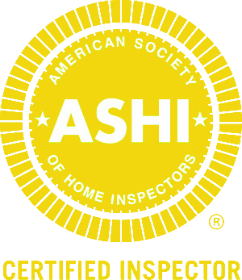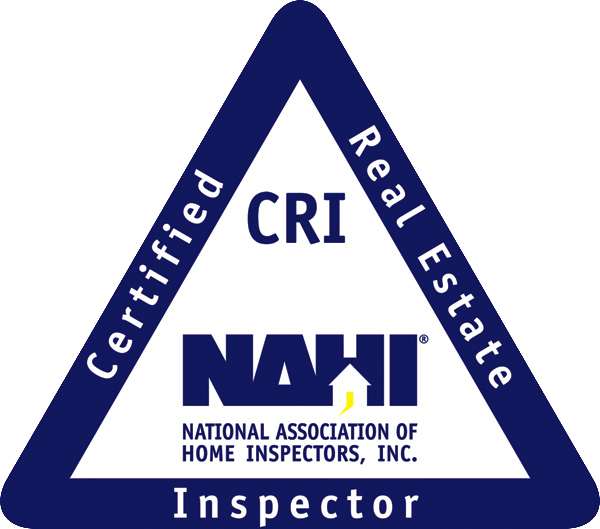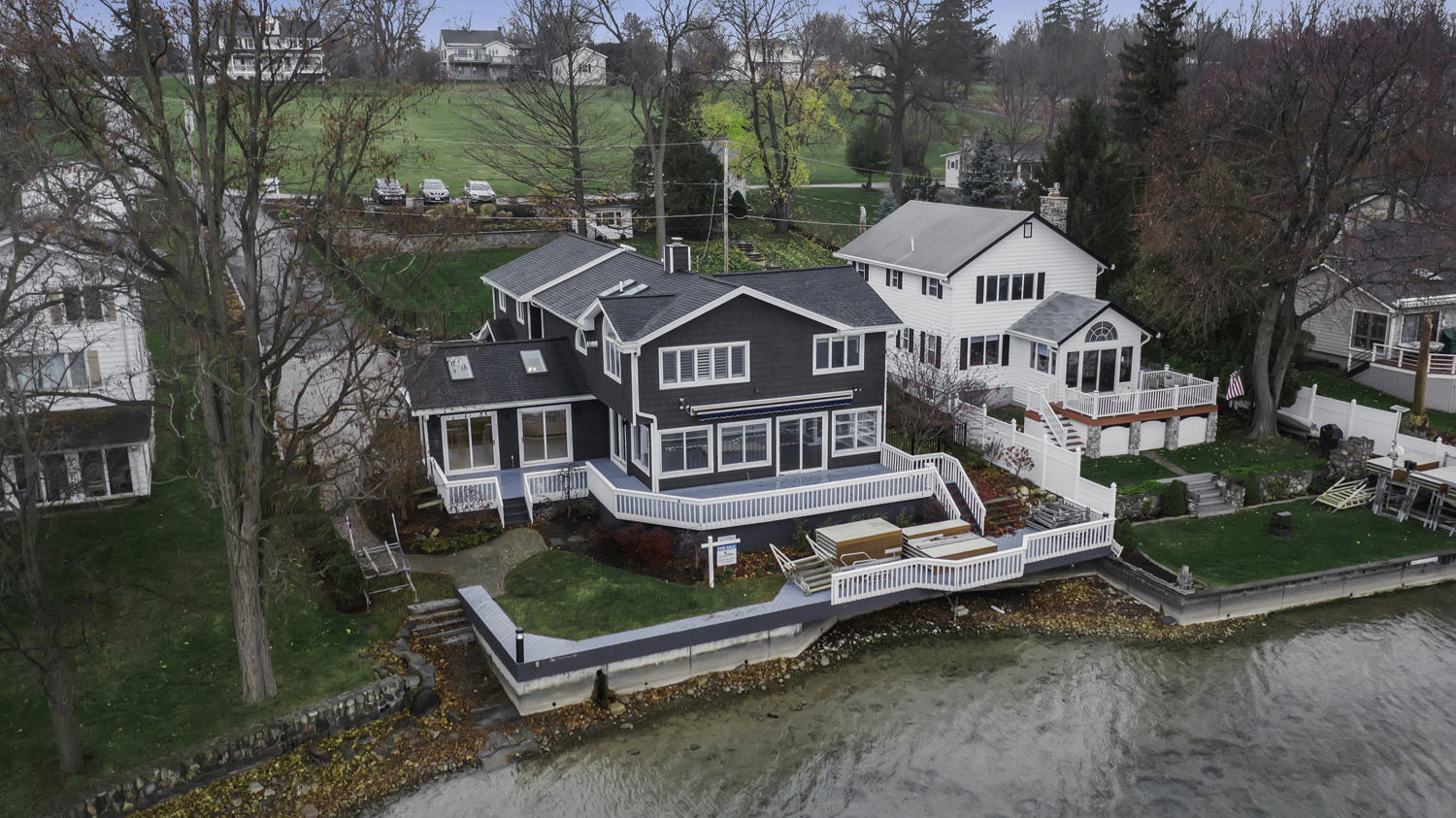Like everything else – start with a good foundation
The image of a “good foundation” has come to mean more than just the base of a house or a building. Building on anything – your education, your relationship, or your house – means beginning with a good foundation. And each one can be just as problematic as the other!
In the United States today, building foundations tend to be overbuilt, which means they rarely collapse. But foundations have to do more than just hold the building up. They have to keep groundwater, soil gas, water vapor and heat out in the summer. In winter, they have to keep heat in. But ground water is the biggest problem.
Regardless of the type of foundation you build, the ground should always slope away from it so that water can run off. Gutters and downspouts should also carry runoff away from the foundation.
Concrete, cement block and wood building materials are all hygroscopic, they readily absorb water and allow it to move through them. It would be simple if you could just coat these materials with a waterproof membrane, but eventually cracks will occur, the waterproofing will deteriorate and moisture will begin to get into the home.
The best way to keep moisture out is a good drainage system. This involves installing a material next to the foundation that allows water to freely drain through it. This can be sand, gravel, drainage boards or exterior foundation insulations with drainage properties. At the bottom of the draining material is a conduit to collect and drain the water away from the foundation, either to a sump pump or daylight at a lower elevation.
A subslab drainage pad to break the capillary action of the ground moisture will restrict water vapor. Polyethylene is generally placed on top of the drainage pad, then the concrete foundation is poured over the polyethylene sheeting. This acts as a vapor barrier that blocks the migration of water vapor from the ground to the concrete.
Unfortunately, water vapor is a persistent problem that is almost impossible to eliminate completely. As long as the moisture isn’t transported to sensitive materials, it won’t be an issue. The solution is in the insulting materials you use. Permeable or semipermeable materials such as extruded polystyrene that are not sensitive to moisture are a good choice.
Better yet, placing insulation on the exterior of the grade beam or stem wall (depending on the climate), or on the interior or exterior of a basement, will help this problem, plus give the added benefit of keeping heat in during winter and out during summer.
Soil gases are also a major concern, since we build houses on more and more sites that were previously treated with chemicals of all sorts, from pesticides to petroleum to PCBs. The well-known radon is only one of many soil gases we need to keep out of our homes.
The solution to this problem is placing a granular drainage pad under the concrete foundation slab that becomes a sub-slab ventilation system when a vent pipe that extends above the roofline of the house is added. Usually this will be self-ventilating just from the passive stack effect, but an exhaust fan can be added if necessary.
If you have a basement, you’ll want to consider what it’s future use will be when you’re in the construction phase. If the basement is going to be used as living space, you may later want to consider laying carpet over the slab. Carpet shouldn’t be installed over an uninsulated concrete basement slab because moisture will condense on the slab and the carpet will become a haven for mold and other biological contaminants. Impermeable paints are not a good idea either because the concrete will not be able to absorb any of the moisture that condenses on it due to the fact the slab will always be cooler than the air above it.
The best way to make a basement conducive to a wide range of uses is to insulate under the slab during construction.
As with anything else – an education, a relationship or your home – a good foundation is essential, and it’s a lot more complicated than you might think!
Richard F. Pezzino is a Certified Home Inspector, a member of the National Association of Home Inspectors, National Radon Safety Board and has U.S.E.P.A. training in Lead Abatement and Lead Risk Assessment. His company, Accu-View Property Inspections, can be reached at 882-2200 or on the web at www.accuviewinspections.com.











